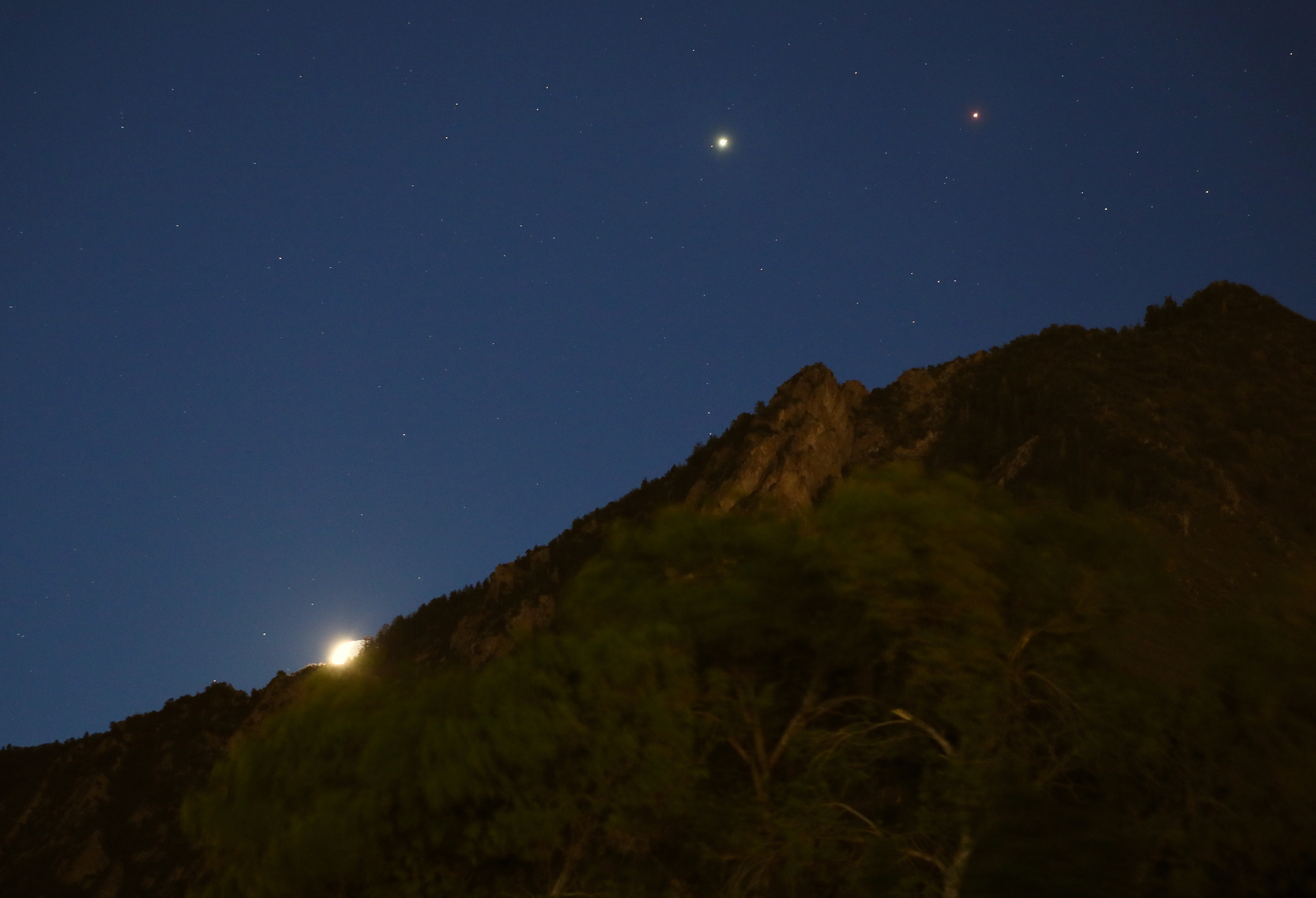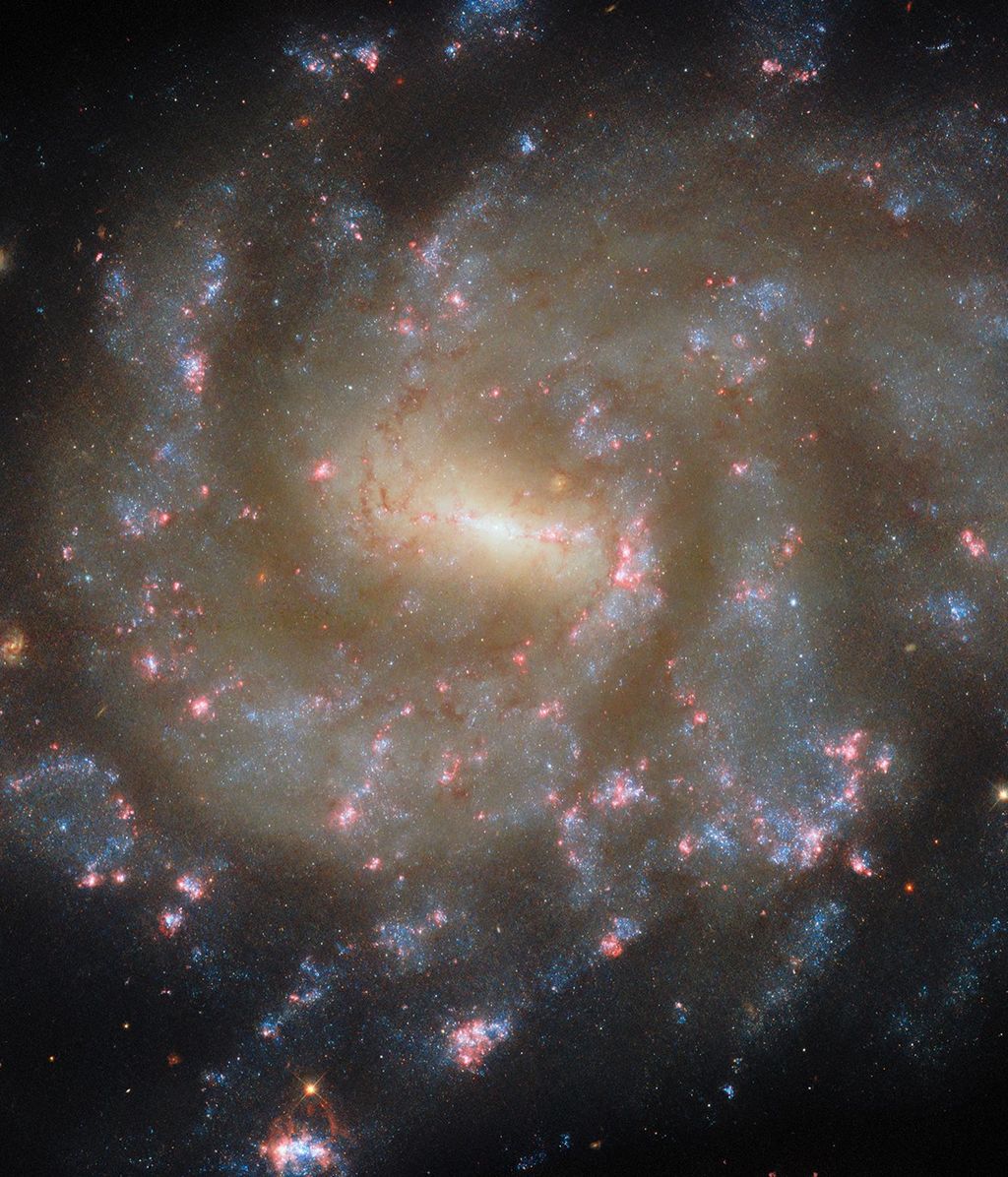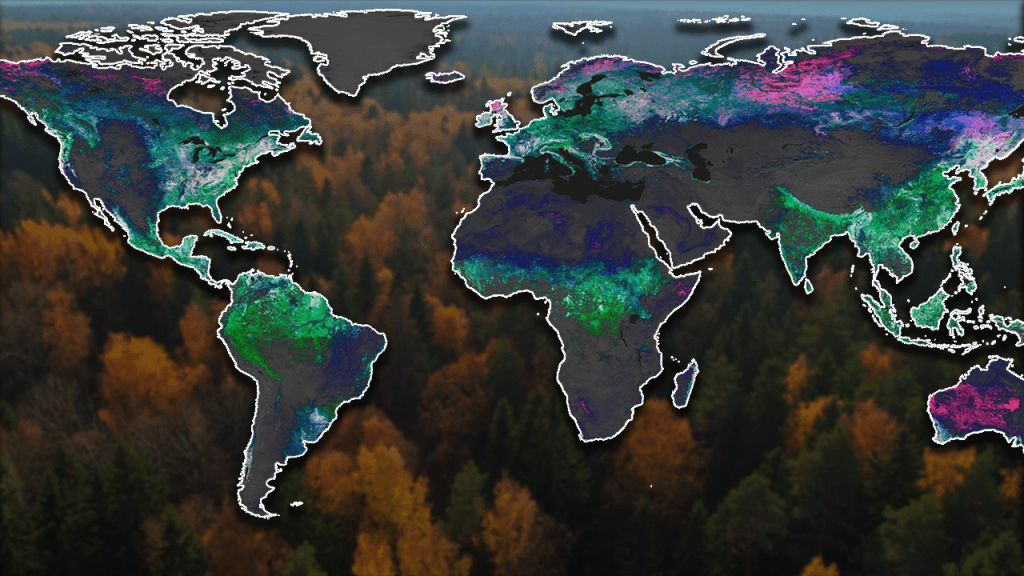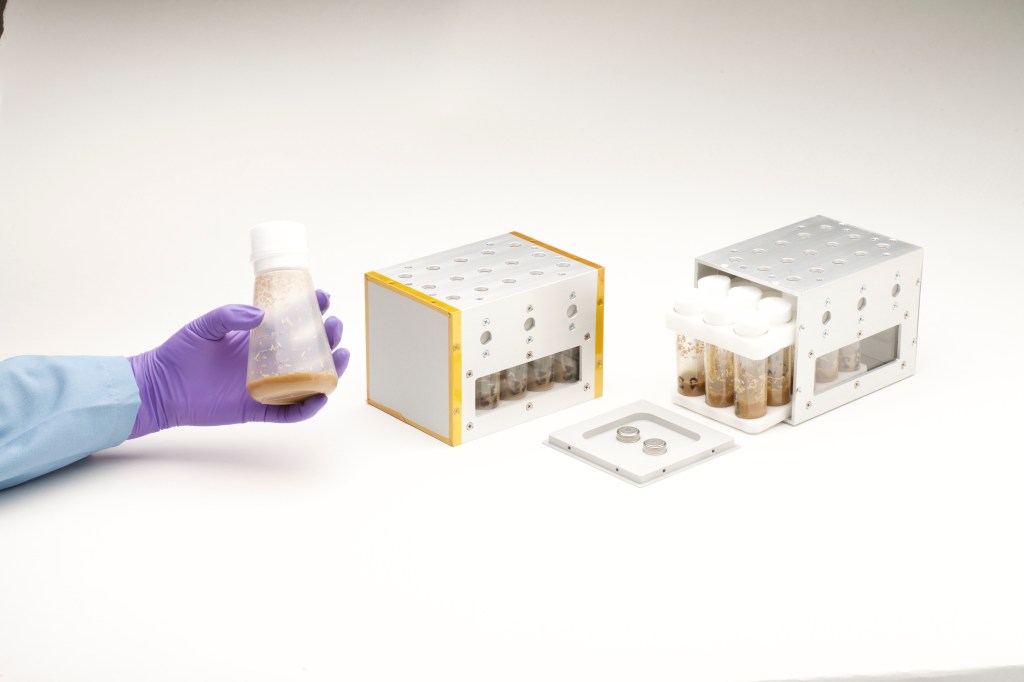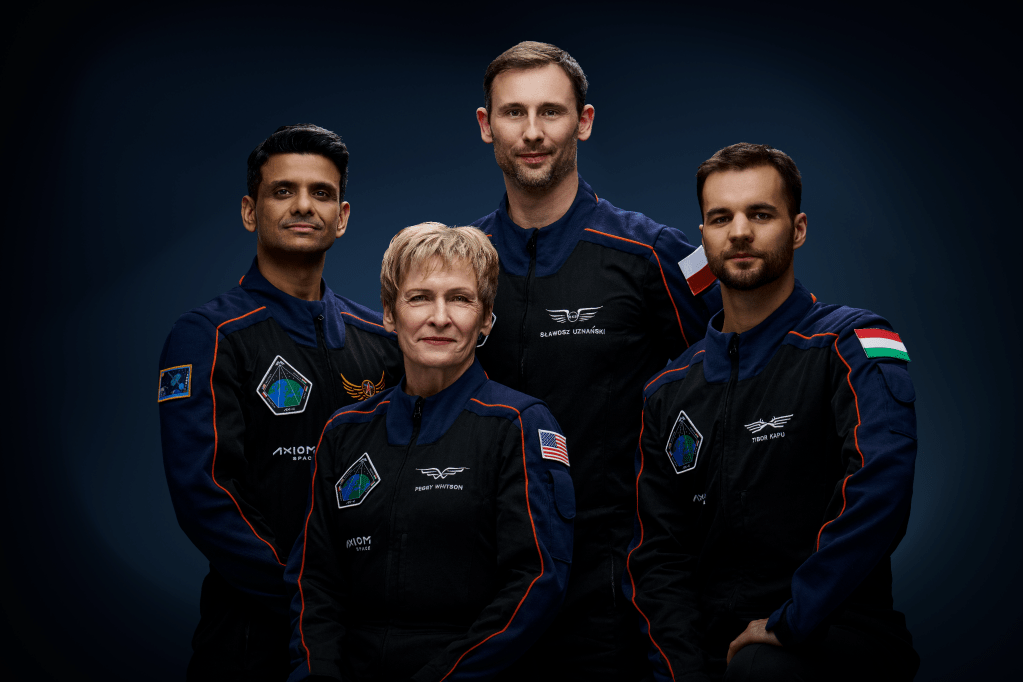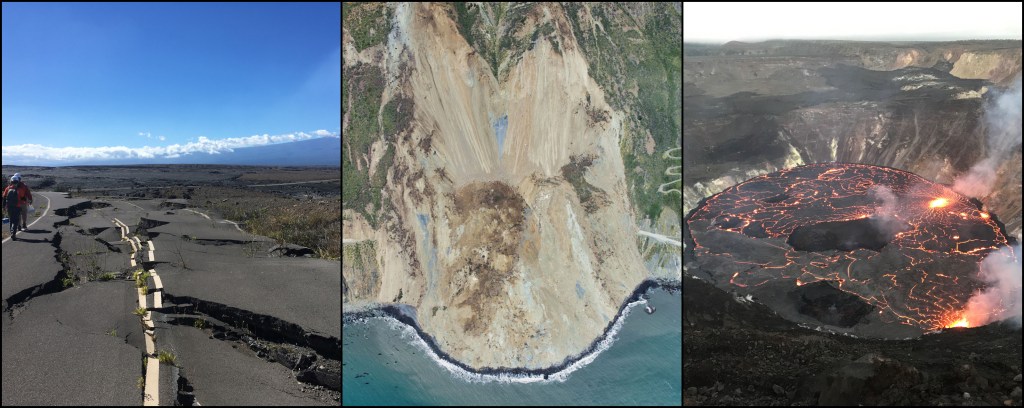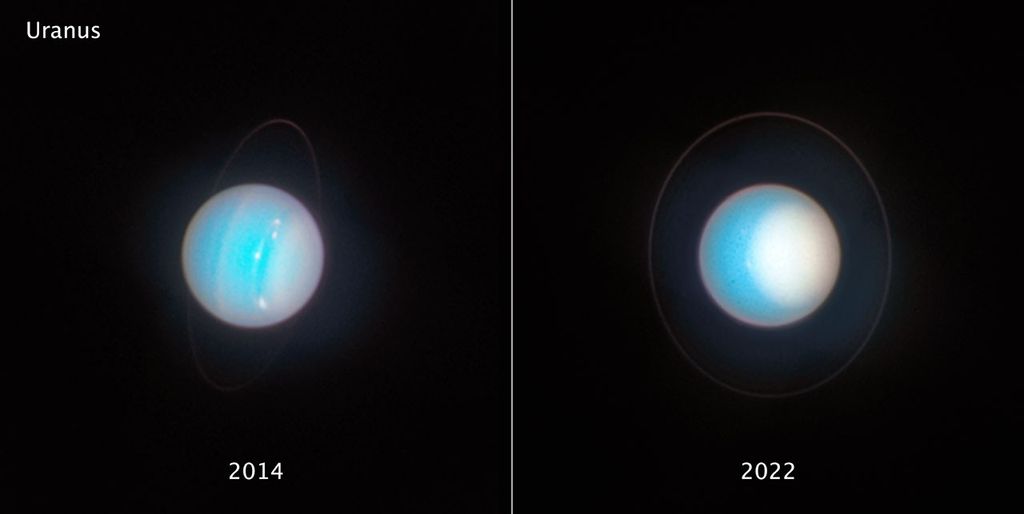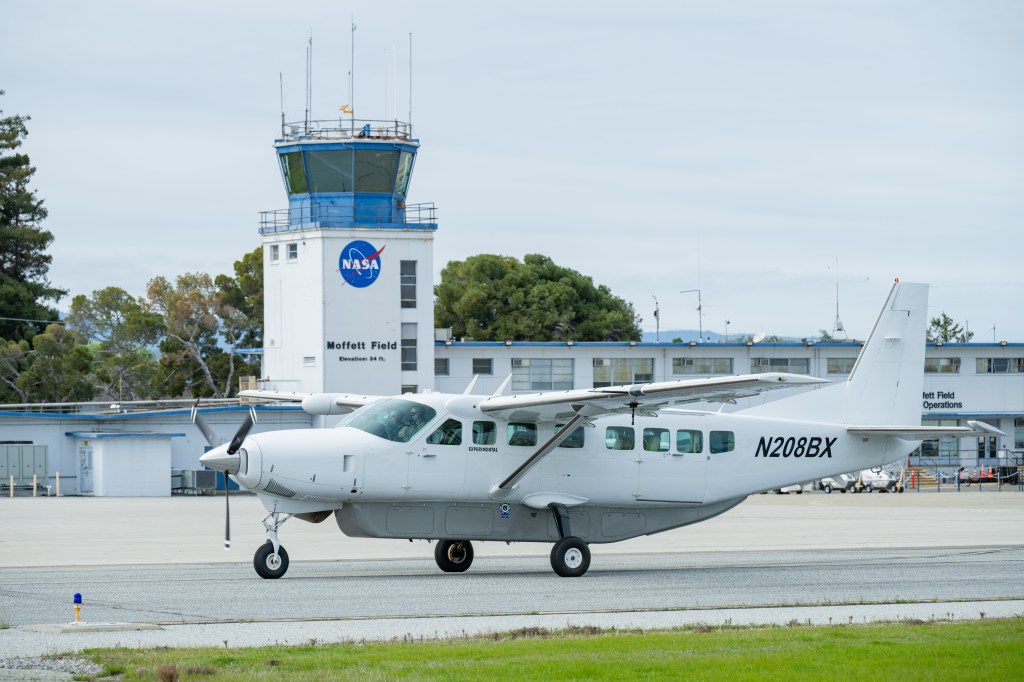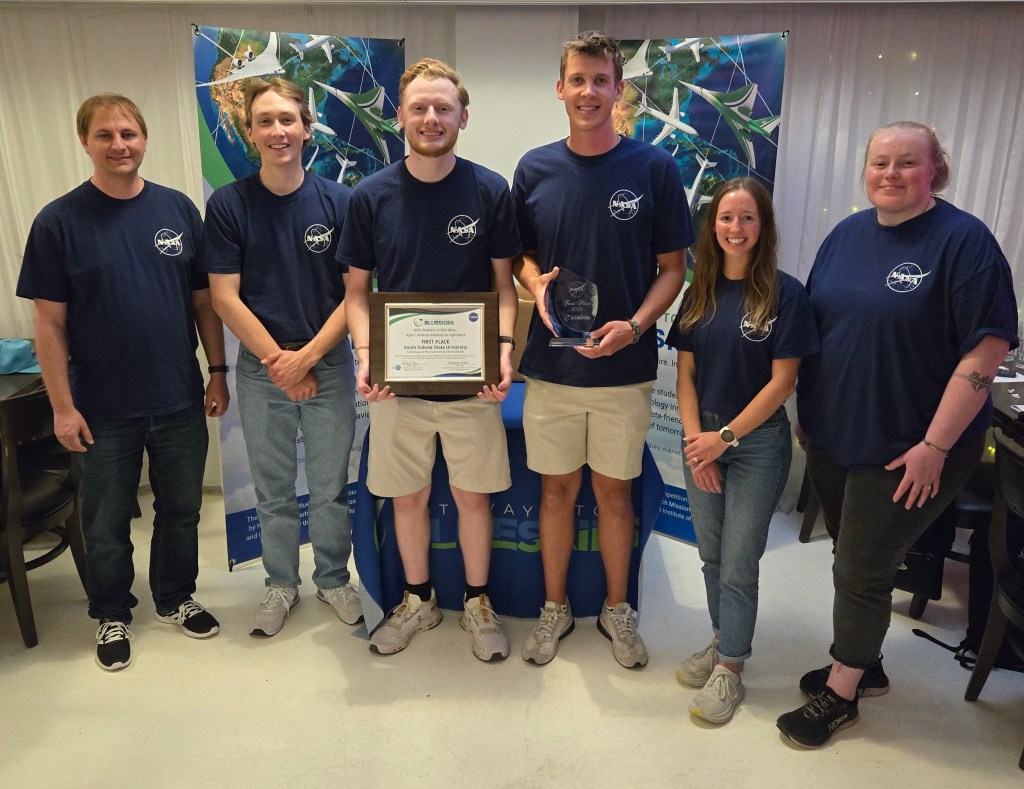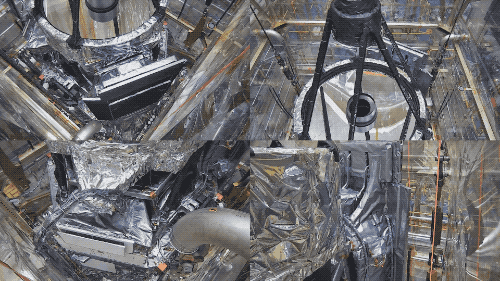How Does a Habitable Planet Develop by Marvin Nationales

Illustration comparing the interior structure of Earth and that of the exoplanet Kepler-138 d. Earth is shown on the left and Kepler-138 d on the right. Kepler-138 d is larger than Earth. Both show one eighth of the sphere cut away to reveal the interior. Earth: The surface shows the green and brown of continents, blue of oceans, and white of clouds and storm systems. The interior grades from dark brown near the surface to red and then bright yellow orange at the inner core in the center. The inner core is shown as a bright yellow sphere. There is a subtle change in color halfway between the surface and core. A label pointing to the brown portion of the interior reads, “Metals and rocks.” Kepler-138 d: The surface shows latitudinal banding of aqua blue and bluish white. The cutaway shows a relatively thick layer of blue/white labeled “Water vapour.” Beneath this is a thicker layer of aqua blue labeled “high-pressure water.” Beneath this is a large brown sphere labeled “Metals and rocks.”
| Levels |
|
|---|---|
| Material Type |
|
| Heliophysics Big Ideas |
|
| NGSS |
|
| Heliophysics Topics |
|
| Heliophysics Missions |
|
| Related Missions |
|
| Material Cost per Learner | Free |
| Language | English |
In this 5E lesson, middle sch students research particular events in the history of Earth that have led to its present state, synthesize their findings with the class, and contemplate the rarity of habitable planets.
Learn more at: https://outreach.gi.alaska.edu/nasa-heliophysics/heliophysics/how-does-habitable-planet-develop-marvin-nationales



